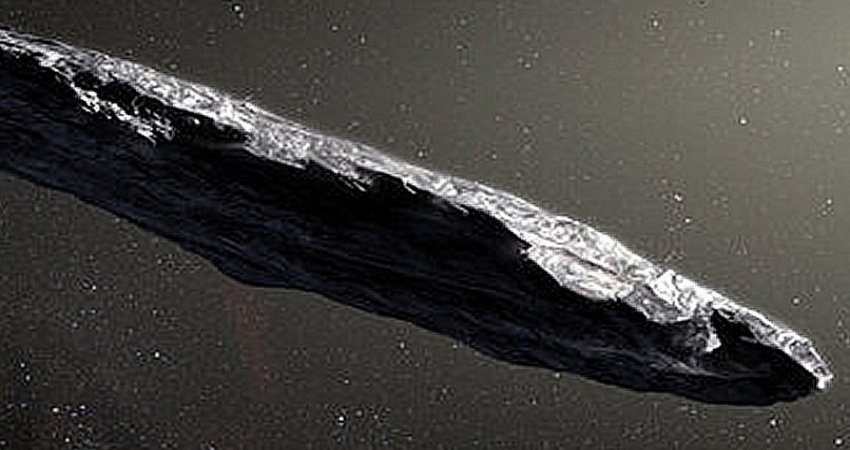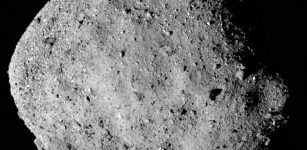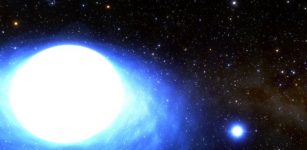Mysterious Extraordinarily Brilliant Point Of Light In Distant Galaxy Is Not A Supernova
MessageToEagle.com – A mysterious extraordinarily brilliant point of light seen in a distant galaxy, and dubbed ASASSN-15lh, has long been observed by astronomers.
It was thought to be the brightest supernova ever seen.
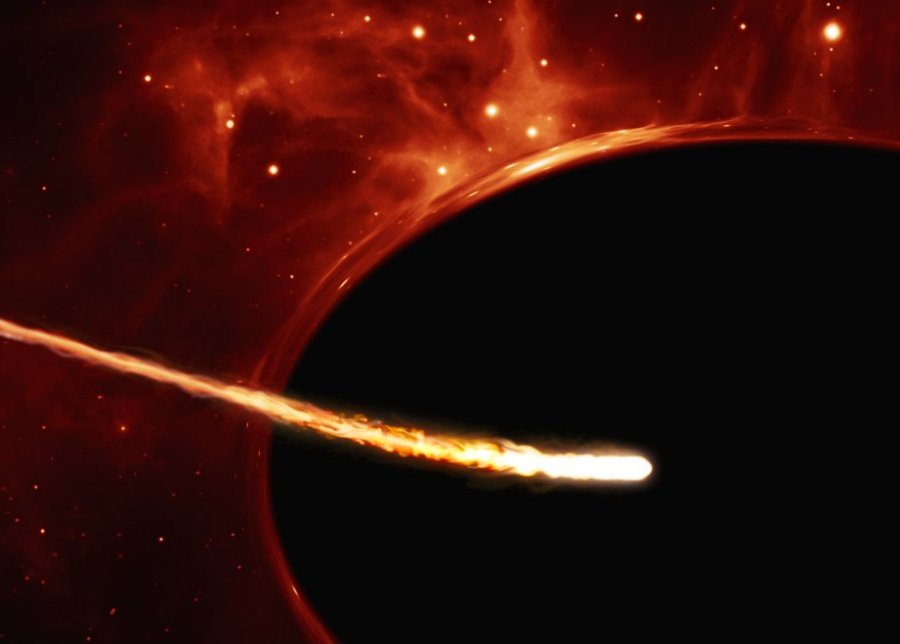
The object is not a supernova but rather an extreme and very rare astronomical event – a rapidly spinning black hole ripping apart a passing star that came too close.
An international team of astronomers, led by Giorgos Leloudas at the Weizmann Institute of Science, Israel, and the Dark Cosmology Centre, Denmark, has now made additional observations of the distant galaxy, about 4 billion light-years from Earth, where the explosion took place and they have proposed a new explanation for this extraordinary event.
“We observed the source for 10 months following the event and have concluded that the explanation is unlikely to lie with an extraordinarily bright supernova. Our results indicate that the event was probably caused by a rapidly spinning supermassive black hole as it destroyed a low-mass star,” explains Leloudas.
In this scenario, the extreme gravitational forces of a supermassive black hole, located in the center of the host galaxy, ripped apart a Sun-like star that wandered too close – a so-called tidal disruption event, something so far only observed about 10 times.
In the process, the star was “spaghettified” and shocks in the colliding debris as well as heat generated in accretion led to a burst of light.
NOTE: Term “spaghettification” is used in physics and astronomy and describes the theoretical stretching of an object as it encounters extreme differences in gravitational forces, especially those associated with a black hole.
The process gave the event the appearance of a very bright supernova explosion, even though the star would not have become a supernova on its own as it did not have enough mass.
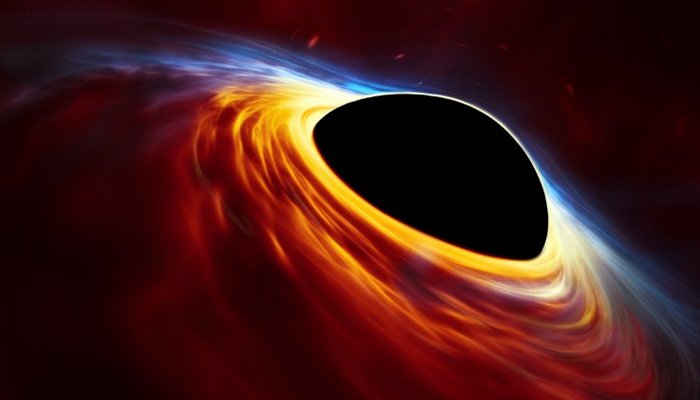
Credit: ESO, ESA/Hubble, M. Kornmesser
“There are several independent aspects to the observations that suggest that this event was indeed a tidal disruption and not a super luminous supernova,” explains coauthor Morgan Fraser from the University of Cambridge, UK (now at University College Dublin, Ireland).
The data suggests that the location of the event – a red, massive and passive galaxy – is not the usual home for a super luminous supernova explosion, which normally occurs in blue, star-forming dwarf galaxies.
Additionally, the data shows that the event went through three distinct phases over the 10 months of follow-up observations and it resembles what is expected for a tidal disruption rather than a superluminous supernova.
An observed re-brightening in ultraviolet light as well as a temperature increase further reduces the likelihood of a supernova event.
However, Leloudas says that
“even with all the collected data we cannot say with 100% certainty that the ASASSN-15lh event was a tidal disruption event, but it is by far the most likely explanation.”
The team observed the event using several telescopes, including ESO’s Very Large Telescope, NASA’s Hubble Space Telescope and New Technology Telescope at ESO’s La Silla Observatory.
MessageToEagle.com
Expand for references

